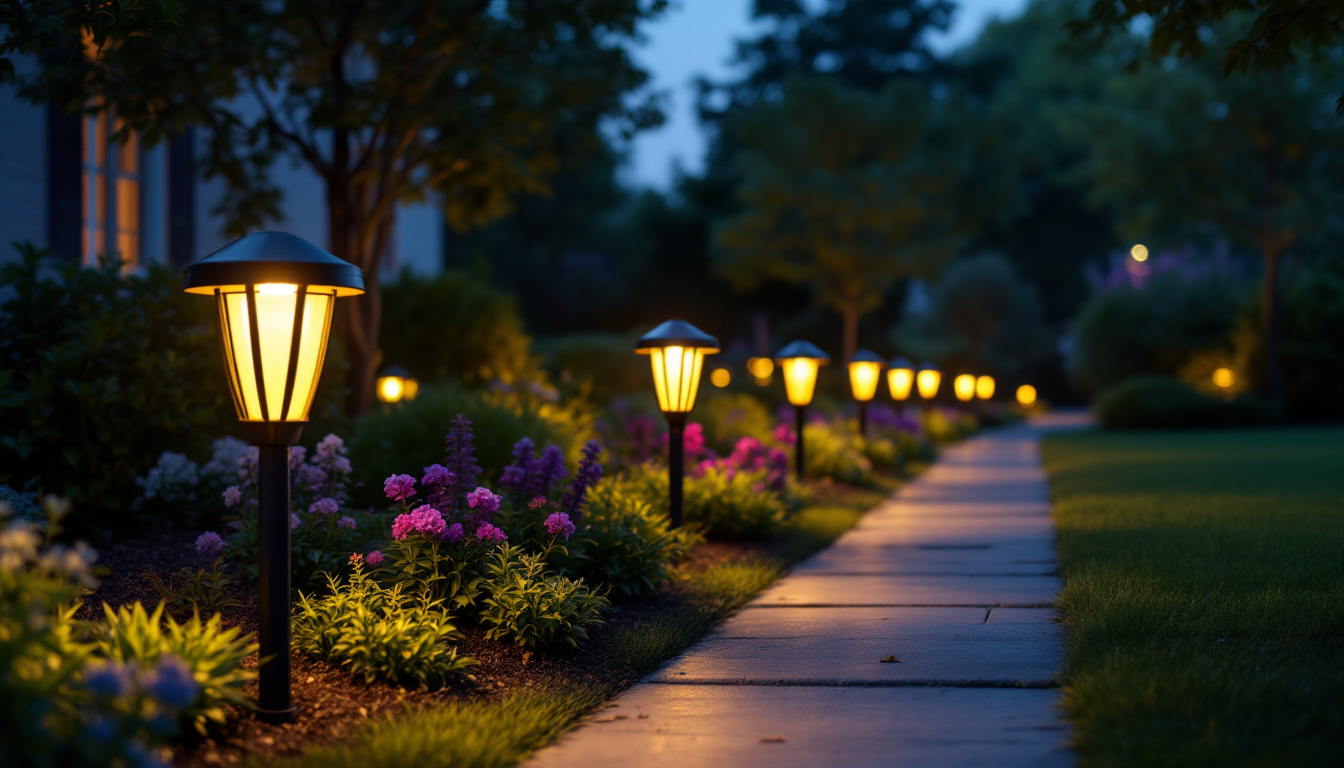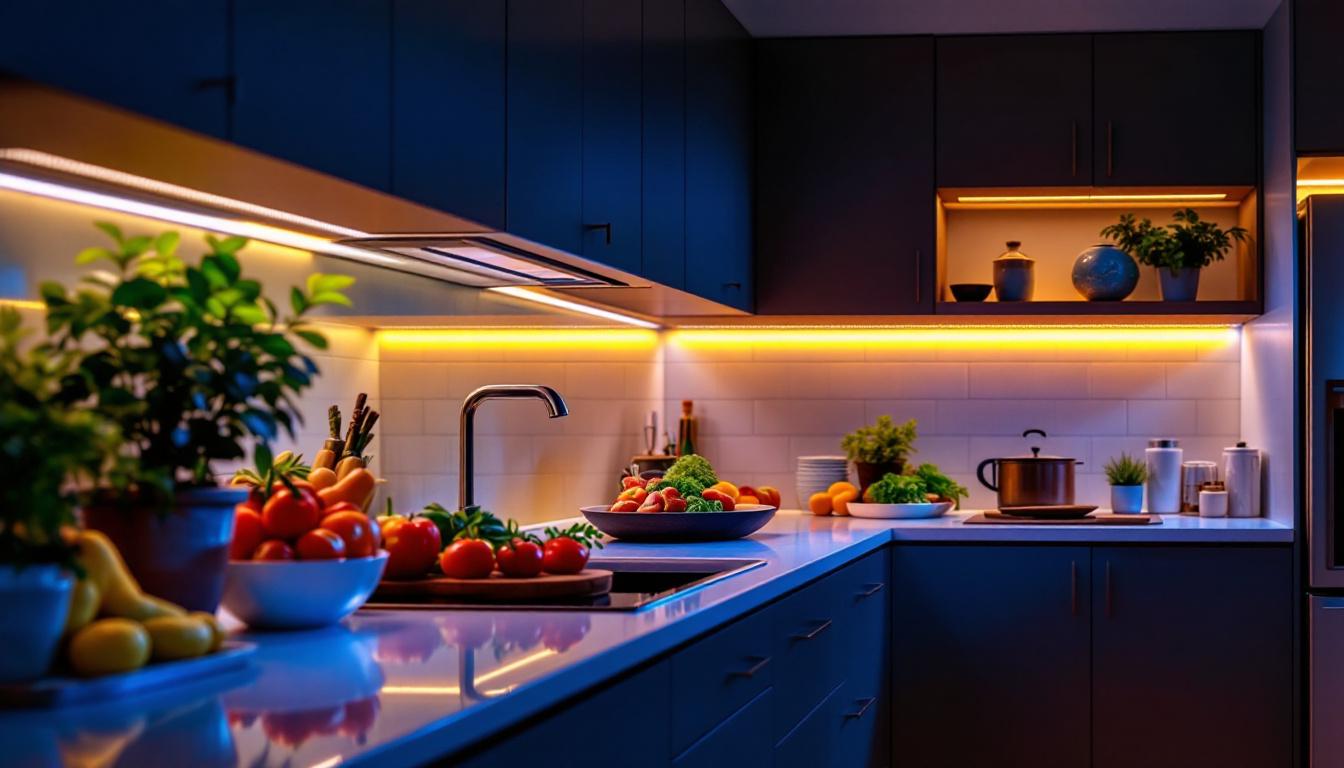
Indoor riding arenas have become increasingly popular in recent years, serving as versatile spaces for training, competitions, and recreational riding. However, the construction and renovation of these facilities bring unique challenges and opportunities, particularly for lighting contractors. The importance of effective lighting in these environments cannot be overstated, as it directly influences safety, performance, and the overall experience for both riders and horses. This article delves into the various aspects of indoor riding arenas and how they impact the projects undertaken by lighting contractors.
Indoor riding arenas are specialized facilities that require careful consideration of various factors, including size, layout, and intended use. These elements play a significant role in determining the lighting needs of the space.
The dimensions of an indoor riding arena can vary widely, from small training spaces to expansive competition venues. Larger arenas require more complex lighting solutions to ensure uniform illumination throughout the area. Lighting contractors must assess the arena’s size and shape to determine the optimal placement and type of fixtures.
In addition to size, the layout of the arena can impact lighting design. Features such as seating areas, viewing platforms, and obstacles must be taken into account. Proper lighting not only enhances visibility but also highlights specific areas of the arena, ensuring that both riders and spectators have a clear view of the action. For instance, strategically placed lights can create a focal point on jumps or dressage markers, enhancing the overall experience for both participants and onlookers. Furthermore, the integration of natural light sources, such as skylights or large windows, can provide a more inviting atmosphere while reducing energy costs during daylight hours.
The intended use of the indoor riding arena significantly influences the lighting requirements. For example, arenas used primarily for training may require different lighting than those designed for competitions or exhibitions. Lighting contractors must collaborate with arena owners to understand the primary activities that will take place and tailor their designs accordingly.
Moreover, different disciplines, such as dressage, show jumping, or western riding, may have specific lighting needs. For instance, show jumping events may require brighter, more focused lighting to highlight jumps, while dressage may benefit from softer, more even illumination to showcase the horse and rider’s movements. Additionally, considerations for night riding or events held in the evening necessitate a robust lighting setup that not only meets safety standards but also enhances the ambiance of the arena. The use of dimmable LED fixtures can allow for flexibility in lighting intensity, accommodating both training sessions and more formal events, while also providing energy efficiency and longevity.
Incorporating natural light into the design of an indoor riding arena can enhance the overall atmosphere and reduce energy costs. Lighting contractors must consider how to maximize natural light while still providing adequate artificial lighting for evening events or cloudy days. The thoughtful integration of natural light not only contributes to the aesthetic appeal of the arena but also promotes a healthier environment for both horses and riders, fostering a sense of well-being and connection to the outdoors.
Natural light has numerous benefits, including improved visibility and a more pleasant environment for both horses and riders. Exposure to daylight can also have positive effects on the animals’ behavior and performance. Studies have shown that horses exposed to natural light exhibit calmer behaviors and improved focus, which can lead to better training outcomes. Lighting contractors should explore options such as skylights, large windows, and strategically placed openings to allow for maximum daylight penetration. Incorporating elements such as light tubes or reflective surfaces can further enhance the distribution of natural light throughout the space, creating a bright and inviting atmosphere.
However, it is essential to balance natural light with artificial lighting to ensure consistent illumination throughout the arena. This requires careful planning and execution to avoid glare and shadows that could distract or endanger riders and horses. The use of dimmable LED fixtures can complement natural light by providing adjustable brightness levels, allowing for seamless transitions from day to night. Additionally, using warm color temperatures in artificial lighting can mimic the quality of natural light, creating a harmonious environment that supports both training and leisure activities.
While natural light offers many advantages, it also presents challenges. For instance, the angle of the sun changes throughout the day, leading to varying light levels and potential glare. Lighting contractors must design systems that can adapt to these changes, ensuring that the arena remains well-lit regardless of the time of day. This may involve the use of automated shading systems or adjustable louvers that can redirect sunlight as needed, providing riders with optimal visibility while minimizing distractions.
Additionally, excessive natural light can create heat and humidity issues, which may affect both the horses and the arena’s structural integrity. Proper ventilation and temperature control systems should be integrated into the design to mitigate these concerns. The installation of operable windows or vents can facilitate air circulation, while strategically placed ceiling fans can help distribute air evenly throughout the space. Furthermore, incorporating thermal insulation in the building materials can aid in maintaining a comfortable environment, ensuring that both horses and riders can perform at their best regardless of external weather conditions.
When natural light is insufficient, artificial lighting becomes essential. Lighting contractors have a variety of options at their disposal, each with its own advantages and considerations. Understanding these options is crucial for creating an effective lighting plan for indoor riding arenas.
There are several types of lighting fixtures commonly used in indoor riding arenas, including LED, fluorescent, and metal halide lights. Each type has its own characteristics that can impact the overall lighting design.
LED lights are increasingly popular due to their energy efficiency, long lifespan, and low heat output. They provide bright, even illumination and can be dimmed or adjusted to suit different activities. Fluorescent lights, while less efficient than LEDs, are still widely used for their affordability and broad spectrum of light. Metal halide lights offer high-intensity illumination, making them suitable for larger arenas, but they consume more energy and have a shorter lifespan compared to LEDs.
The layout of lighting fixtures is critical to achieving optimal illumination in an indoor riding arena. Lighting contractors must consider factors such as fixture height, spacing, and beam angles to create a well-lit environment. A common approach is to use a grid layout, where fixtures are evenly spaced across the ceiling to provide uniform light distribution.
In addition, the use of adjustable fixtures can allow for flexibility in lighting design. This is particularly useful in arenas that host multiple activities, as the lighting can be tailored to meet the specific needs of each event. For example, a brighter setup may be required for competitions, while a softer ambiance may be preferred for training sessions.
As awareness of environmental issues grows, energy efficiency and sustainability have become increasingly important considerations for lighting contractors working on indoor riding arenas. Implementing energy-efficient solutions not only reduces operational costs but also contributes to a more sustainable future.
Lighting contractors should prioritize energy-efficient technologies when designing lighting systems for indoor riding arenas. LED lighting, as previously mentioned, is a prime example of an energy-efficient option. Additionally, incorporating smart lighting controls can further enhance energy savings by allowing for automated adjustments based on occupancy or natural light levels.
Other energy-efficient technologies include occupancy sensors, which automatically turn lights on or off based on the presence of people in the arena. This can significantly reduce energy consumption during periods of inactivity, such as during breaks or when the arena is not in use.
Beyond energy efficiency, sustainable design practices should also be considered. This includes using environmentally friendly materials for fixtures and installation, as well as ensuring that the lighting design minimizes light pollution. Proper shielding and placement of fixtures can help direct light where it is needed, reducing spillover into surrounding areas and preserving the natural environment.
By adopting sustainable practices, lighting contractors can not only meet client expectations but also contribute to the overall well-being of the community and the planet.
Safety is a paramount concern in any lighting project, and indoor riding arenas are no exception. Lighting contractors must adhere to various safety and compliance standards to ensure that their designs meet regulatory requirements and provide a safe environment for all users.
Different activities within an indoor riding arena may require varying levels of illumination. For instance, competitive events typically necessitate higher light levels than casual riding or training sessions. Lighting contractors should reference established guidelines, such as those provided by the Illuminating Engineering Society (IES), to determine appropriate illumination levels for specific activities.
In addition to illumination levels, lighting contractors must also consider uniformity and glare reduction. Uneven lighting can create hazardous conditions, while excessive glare can distract riders and horses, leading to potential accidents. A well-designed lighting system will strike a balance between brightness and comfort, ensuring a safe and enjoyable experience for all.
In the event of a power failure or emergency, having a reliable emergency lighting system is essential. Lighting contractors should incorporate backup lighting solutions that activate automatically in case of an outage, ensuring that the arena remains illuminated and safe for evacuation.
Furthermore, integrating safety features such as illuminated exit signs and pathway lighting can enhance overall safety. These elements guide users to exits in low-light situations, reducing the risk of accidents and injuries.
The role of lighting contractors in the development of indoor riding arenas is more critical than ever. As these facilities continue to evolve, so too will the lighting solutions that support them. By staying informed about the latest technologies, design practices, and regulatory requirements, lighting contractors can create innovative and effective lighting systems that enhance the functionality and safety of indoor riding arenas.
Ultimately, the impact of well-designed lighting extends beyond mere visibility. It shapes the atmosphere, influences performance, and enhances the overall experience for riders, horses, and spectators alike. As the demand for indoor riding arenas grows, so does the opportunity for lighting contractors to make a lasting impression through their work.
Ready to elevate your indoor riding arena project with superior lighting solutions? Look no further than LumenWholesale, where we provide contractors with top-quality, spec-grade lighting products at unbeatable wholesale prices. Our extensive selection is designed to meet the highest industry standards, ensuring that your arena is outfitted with reliable, high-performance lighting that enhances safety, performance, and ambiance. Take advantage of our hassle-free bulk buying options with free shipping and no hidden fees. Experience the perfect blend of quality, affordability, and convenience today. Visit LumenWholesale for Wholesale Lighting at the Best Value and make your next lighting project a shining success.

Discover the essentials of wafer lighting in this insightful guide tailored for lighting contractors.

Illuminate your projects with expert insights! Discover essential tips for lighting contractors on selecting and installing outdoor garage light fixtures that enhance safety, aesthetics, and energy efficiency..

Discover how Hampton Bay Solar Path Lights are revolutionizing outdoor lighting for contractors.

Discover how LED lights for under cabinets can transform your kitchen or workspace with enhanced illumination and energy efficiency.